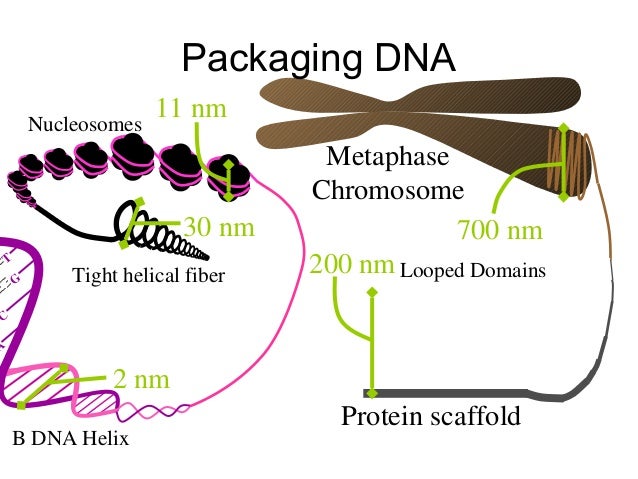
(B) Schematic representation of the structure of the Keap1-Nrf2 complex. (A) The Nrf2 peptide (green) is grafted into the inter-repeat loop of the CTPR2 protein (blue) PDB ID 1NA0. Schematics showing the proteins used in this study and the peptide grafting process. 31, 33- 37 Inhibiting this interaction has therapeutic potential for a range of diseases, such as the chemoprevention of cancer, diabetes Alzheimer's disease, and chronic obstructive pulmonary disease. The binding of isolated, unconstrained peptides based on the ETGE motif of Nrf2 to Keap1 is well-characterized through biophysical, crystallographic and cell-based assays. 32 Additionally, L75, L84 and D77 have been suggested to stabilise the beta-turn structure. 31 Further contacts with Keap1 are made through four carbonyl groups and one amide group from the Keap1 peptide backbone. 29, 30 The ETGE motif of Nrf2 binds to Keap1 in a beta-turn conformation with the side chains of E79 and E82 forming hydrogen bonds to Keap1. 28 The ETGE motif (residues 77–82) initiates binding and acts as the hinge, allowing the binding of 100-fold weaker DLG motif “latch” (residues 27–32). Keap1 binds to Nrf2 through a hinge-and-latch mechanism in which a single Nrf2 molecule binds to the two Kelch domains of the Keap1 dimer via two different binding motifs on Nrf2. Keap1 is known to target Nrf2 for ubiquitination leading to degradation by the proteasome. Nrf2 is a transcription factor that modulates the body's response to oxidative stress. As proof of concept, we use a short peptide sequence derived from the protein Nrf2 (nuclear factor erythroid-2-related factor) that is a substrate of the E3 ubiquitin ligase Keap1 (Kelch-like ECH-associated protein 1). 27 Here, we take advantage of this malleability to describe a new strategy for engineering high-affinity binding functions into CTPR proteins by grafting functional peptides into the inter-repeat loop. The high thermodynamic stabilities of CTPRs combined with their modular nature means that even gross modifications are still likely to produce proteins with high stabilities, and indeed we recently showed that CTPR proteins can tolerate extension of the inter-repeat loop by up to 25 residues. 25, 26 In all cases, the affinities observed for this binding mode are fairly weak (low- to mid-micromolar), presumably because the interfaces involved have relatively small areas. 24 They subsequently used both rational design approaches and library screening to make novel functional CTPR proteins. grafted the Hsp90-binding residues from the natural TPR protein Hop onto a three-repeat CTPR (CTPR3) to create a functional TPR module. 21- 23 Exploiting this binding mode, Cortajarena et al. 19, 20 TPR proteins can utilize varied modes of binding to their partner proteins but the most well-characterized involves the groove formed by 2–3 repeats binding to a short (~ 5 residue) negatively charged peptide. later described how the E19K mutation promoted charge–charge interactions and increased the intrinsic stability of each repeat. used a modified CTPR sequence with two mutations, D18Q and E19K, and Cortajarena et al. by alignment of proteins from a nonredundant database in order to determine the optimal sequence of the CTPR and resulted in proteins with very high stability and without need of disulphide bonds. A consensus-designed tetratricopeptide repeat protein (CTPR) was first developed by Main et al.

16, 17 They are characterized by repeating units of 34 amino acids, which form two antiparallel helices joined by a turn region. Tetratricopeptide repeat (TPR) proteins are a class of repeat proteins that are common in nature. 3, 11- 14 However, where there is a known binding epitope comprising a short linear motif, a simple “cut-and-paste” strategy may be sufficient, and indeed even relatively long binding peptides of around 40 amino acids have successfully been grafted in this way. 10 There are alternative methods for creating proteins with new high-affinity binding functions including experimental approaches, such as surface display by directed evolution, and computational design and combinations thereof. The difficulty arises in part because it can be hard to predict loop conformations, and there may be a large entropic cost upon binding of the grafted peptide. 1- 9 Helix grafting has been particularly successful, but there are challenges in the grafting of peptides into protein loops. In a similar manner to chemical stapling methods, the scaffold constrains the binding epitope in its bioactive conformation and endows it with enhanced proteolytic stability. Scaffold proteins can be given new functionalities by grafting of binding peptides onto an alpha-helix or a loop.


 0 kommentar(er)
0 kommentar(er)
